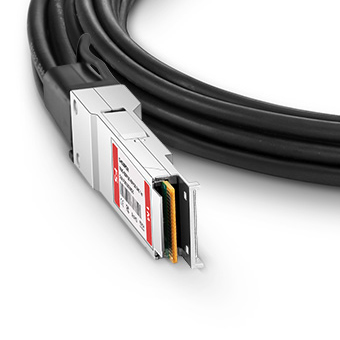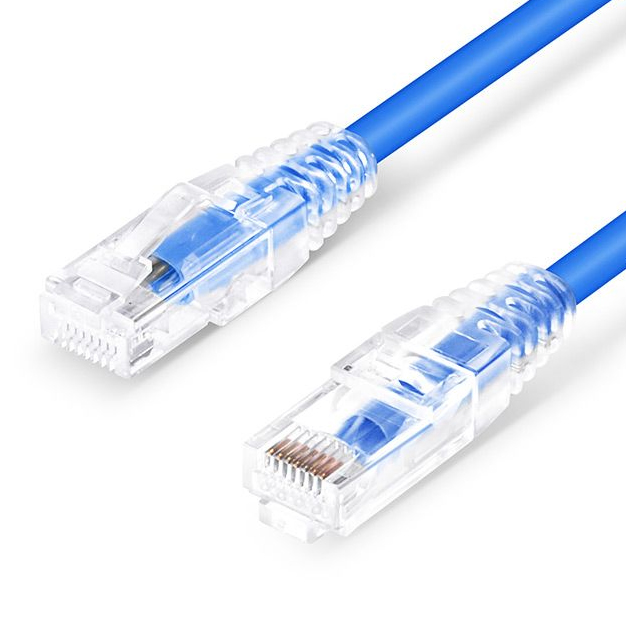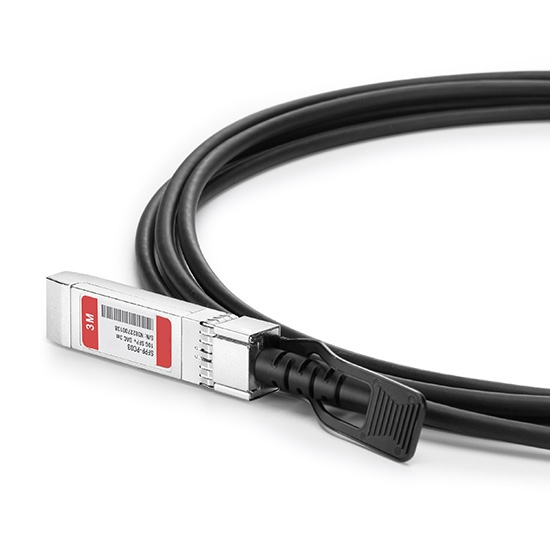Compare SFP, QSFP and 10GbT
Small Form-Factor Pluggable 28 (SFP28), Quad Small Form-Factor Pluggable 28 (QSFP28), and 10 Gigabit Ethernet over twisted-pair copper (10GbT) are three popular networking technologies used to connect switches, servers, and other network devices. While all three technologies offer high-speed connectivity, they have some differences that can make one more suitable than the other depending on the specific networking requirements.
One of the main benefits of SFP28 and QSFP28 networking is their higher data rate. SFP28 and QSFP28 both support data rates up to 25 Gbps (QSFP28 is up to 100Gbps), which is more than double the data rate of 10GbT networking. This makes SFP28 and QSFP28 ideal for applications that require higher bandwidth, such as data center interconnects, high-performance computing, and cloud computing.
Another advantage of SFP28 and QSFP28 networking is their lower power consumption. Because SFP28 and QSFP28 transceivers consume less power than 10GbT transceivers, they can be more cost-effective in the long run, especially in large-scale deployments where power usage can add up quickly.
However, one of the main advantages of 10GbT networking is its compatibility with existing Ethernet infrastructure. Because 10GbT uses standard Ethernet cables and connectors, it is often easier to integrate with existing networks without requiring major changes to the cabling infrastructure.
In terms of port density, QSFP28 offers higher port density than SFP28, allowing for more connections in the same physical space. QSFP28 can support up to 4 lanes of 25 Gbps or 1 lane of 100 Gbps, whereas SFP28 supports a single lane of 25 Gbps.
In summary, SFP28 and QSFP28 networking offer higher data rates and lower power consumption, making them ideal for high-performance networking applications. While 10GbT networking offers compatibility with existing Ethernet infrastructure and can be more cost-effective for shorter distances. The choice between SFP28, QSFP28, and 10GbT depends on the specific networking requirements, available resources, and future scalability needs.




